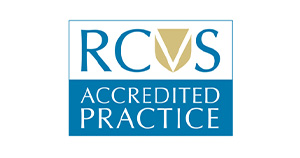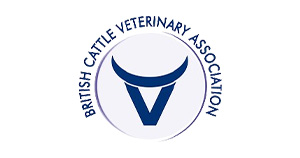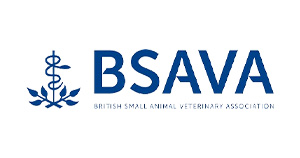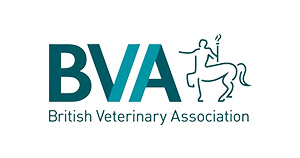Thoughts from the Practical selective dry cow therapy lunch and learn
Published on: Jun 7, 2023
Last month, with the help of some udders collected from fallen stock, on a day that thankfully wasn’t too hot or fly heavy (!)
we held a practical selective dry cow therapy lunch and learn. We started with a theory session, where we thought about the benefits of selective dry cow therapy. For the cow, if she hasn’t had mastitis and has had a low cell count, being treated with a sealant only vs. sealant and antibiotic lowers her chance of clinical mastitis in the next lactation. This is because the good bacteria in your udder are preserved…. It’s not just about doing it to keep your milk buyer happy!
We discussed the importance of antibiotic tubes for cows that have a sub clinical infection in their udder as the dry period gives the best chance of curing these existing infections. Antibiotic tubes are not so good at preventing new infections in the dry period, especially in the important risk period just before calving when the cow’s immune system drops. Antibiotics given at dry off are no substitute for poor hygiene around calving, by this point levels of antibiotic in the udder won’t be high enough to prevent new infections anyway. Correctly infused teat sealant should be given to all cows, as this forms a barrier to new infections entering the udder. Modern milking cows are not very good at forming keratin plugs at the end of their teats, half of cows have open teat ends 10 days after dry off leaving them very susceptible to new infections if not given sealant.
Its best practice to look back at a cow’s entire lactation of cell counts, if this can’t be done looking at the last 3 month’s recordings before dry off is next best. Milk yield at dry off, teat condition (presence of warts or teat end damage), summer mastitis risk, cow temperament on the day and of course, mastitis and cell count history should all be factored in when choosing which cows to just give sealant only to.
Where and how we dry cows off generated more healthy discussion as there is no one time and place that suits all farm set ups. With the help of a plastic udder and then real udders we focused on drying off technique. Some key points shared below;
Always apply a Pre dip for 30 seconds before wiping with clean paper towel
Surgical spirit soaked cotton wool should then be used focusing on the teat end – cotton wool should come away clean!
The order in which you clean and then tube matters – clean furthest teats away from you first and then seal those closest to you. Cleaning then sealing the far 2 teats and then the closest 2 teats can be more manageable than doing 4 and 4.
Keep hold of the teat once you’ve started cleaning with cotton wool and only let go once sealed (minimises the chance of contamination and helps keep the cow still!) An assistant passing tubes is a great help!
Adjust how far up the teat you pinch depending on teat size, you want your sealant to occupy the teat end
Partial insertion technique – only remove half the cap on the sealant tube
Put cows on clean, hard standing for 30 mins afterwards to allow musculature of teat end to close down
Avoid cows running immediately after dry off as this has been shown to dislodge sealant
How good is your dry period at allowing infected cows to cure and preventing new infections? More than 85% of high cell count cows should have a low cell count at calving and less than 10% of cows that were low cell count at dry off should calve in with a high cell count. Less than 1 in 12 cows should have mastitis in the first 30 days. This information is easily accessible through Herd Companion, ask your routine vet!
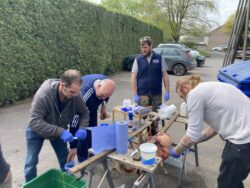


Author –
Anna hares
Shepton Vets explains selective dry cow therapy for dairy cows. Learn the benefits, how to decide which cows get antibiotics, & proper dry cow technique.
selective dry cow therapy | SCC (somatic cell count) in dairy cows | dry cow treatment for mastitis | teat sealant for cows | dry cow period hygiene | udder health management | milking cow best practices | Shepton Vets dairy farm advice





